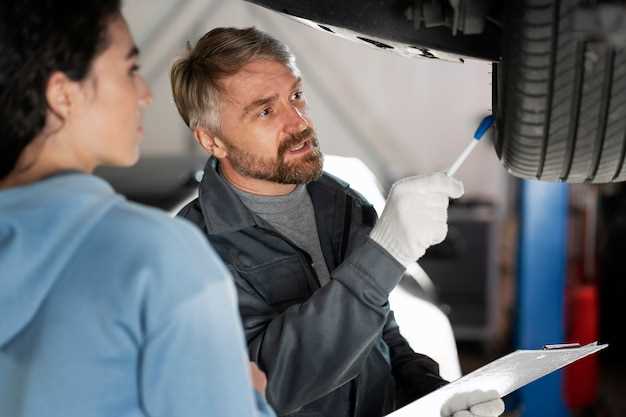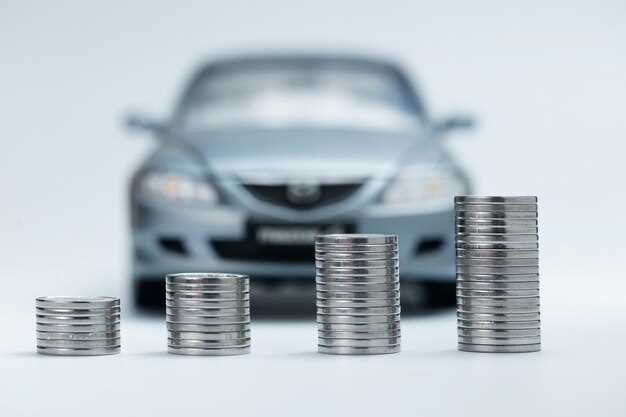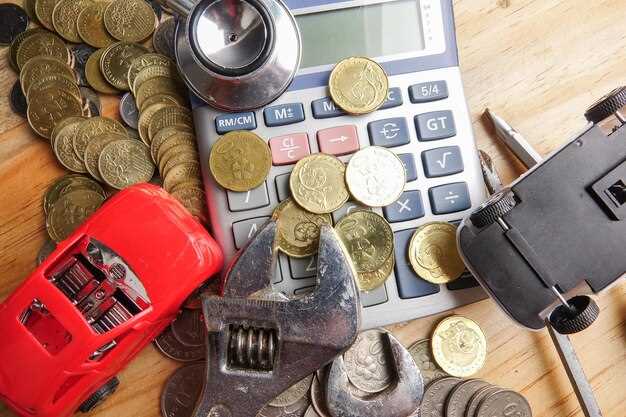
Which cars have the lowest repair costs?

When it comes to vehicle ownership, reliability and maintenance expenses are pivotal factors for many drivers. The overall cost of maintaining a car can significantly impact its long-term affordability. Some vehicles stand out in this aspect, offering low repair costs that provide peace of mind for their owners.
In this article, we will explore the cars that not only boast impressive reliability ratings but also come with some of the lowest repair costs on the market. Understanding which models require less frequent and less costly service can help prospective buyers make informed decisions, ensuring that their investment remains sensible in the years to come.
By assessing various makes and models, we aim to highlight options that provide both durability and economic benefits, making them ideal choices for those mindful of their automotive expenses. A dependable vehicle should not be a financial burden, and our guide will serve as a valuable resource in steering you toward a smarter choice.
Top Models for Minimum Maintenance Costs

When considering vehicles that provide the best value in terms of maintenance costs, some models consistently stand out. These cars are designed with reliability in mind, minimizing the frequency and expense of repairs. Here are some of the top choices for people seeking to minimize maintenance costs without sacrificing quality.
The Toyota Corolla is a perennial favorite for its low maintenance expenses. It boasts an excellent track record for reliability, and its parts are widely available and affordable. Owners can expect infrequent issues, contributing to its reputation as one of the most economical cars to maintain.
Another strong contender is the Honda Civic, known for its durability and efficiency. The Civic comes with a strong history of performance, often requiring fewer repairs over its lifespan. Additionally, its economical parts and repair services make it easy on the wallet.
The Hyundai Elantra has gained popularity due to its impressive warranty and low maintenance costs. This model consistently receives high marks for reliability and provides an assurance that unexpected repairs won’t lead to significant financial strain.
The Subaru Impreza also ranks as a favorite among budget-conscious car owners. It offers all-wheel drive, which is beneficial for diverse driving conditions, alongside relatively low maintenance expenses. Its engineering minimizes common repair needs, making it a solid choice.
Lastly, the Kia Forte is recognized for its affordability and low maintenance demands. With a strong reputation for dependability, many owners find themselves enjoying a smooth driving experience without high ongoing costs. Furthermore, Kia’s comprehensive warranty adds an extra layer of financial protection.
Choosing any of these models can substantially reduce maintenance costs, allowing owners to focus on enjoying their vehicles rather than fretting over repair bills. Each of these options represents a balance of reliability, efficiency, and affordability, making them excellent choices for cost-conscious consumers.
Factors Influencing Vehicle Reliability Ratings
Vehicle reliability ratings are essential for potential car buyers, as they indicate how likely a vehicle is to experience issues over time. Several factors significantly influence these ratings, providing insight into the long-term performance of a car.
One of the primary influences on reliability is the manufacturer’s reputation for quality and durability. Brands known for investing in high-quality materials and rigorous testing tend to produce more dependable vehicles. This reputation is often built over years of consistent performance and customer feedback.
Another crucial factor is the frequency and cost of maintenance required by a vehicle. Cars that demand less frequent servicing and have lower maintenance costs generally score higher in reliability ratings. Consumers favor models that are designed for easy maintenance, as this reduces overall ownership expenses and enhances long-term dependability.
The complexity of vehicle systems also affects reliability. Advanced technologies, while often enhancing performance, can introduce new points of failure. Vehicles equipped with simpler mechanical systems may exhibit higher reliability due to fewer components that can malfunction.
Consumer feedback and historical data play significant roles in assessing reliability. Reviews and surveys from owners provide valuable insights into common problems and overall satisfaction. Manufacturers track these statistics meticulously, often adjusting designs based on consumer experiences.
Lastly, how well a vehicle performs in various driving conditions contributes to its reliability ratings. Cars that function effectively in diverse environments, from urban settings to rugged terrains, are typically regarded as more reliable. This adaptability is essential for meeting the needs of a wide range of drivers.
Comparative Analysis of Long-term Ownership Expenses

When assessing the long-term ownership expenses of vehicles, two critical factors emerge: costs and reliability. The overall cost of owning a car encompasses not only the purchase price but also maintenance, repairs, insurance, and fuel consumption over the vehicle’s lifespan. Reliability plays a vital role as well, as it directly impacts repair frequency and associated costs.
Vehicles with high reliability ratings typically incur lower long-term repair costs. These cars experience fewer mechanical failures, leading to reduced visits to the mechanic and less money spent on parts and labor. Analyzing data from various automotive sources reveals that brands known for durability, such as Toyota and Honda, often come out on top in terms of both reliability and lower ownership costs.
On the other hand, less reliable models may seem appealing at first due to lower initial costs, but they can result in exceedingly high expenses over time. Frequent breakdowns and repairs can quickly escalate, making even a budget-friendly vehicle a poor investment in the long run. Therefore, potential buyers should carefully evaluate reliability ratings alongside estimated repair costs when considering their options.
A comparative analysis of different models across the market shows that while luxury vehicles often promise superior performance and features, their long-term expenses frequently surpass those of economy vehicles. This is largely due to the higher price of parts and intricate systems that are more prone to issues. For instance, while a high-end German sedan may offer comfort, its repair costs could overshadow the affordability of a compact car that boasts a stellar reliability record.
In conclusion, to make a sound financial decision, prospective car buyers should prioritize vehicles that deliver a harmonious balance between reliability and manageable costs. A thorough understanding of the long-term ownership expenses can help guide them toward a vehicle that will provide peace of mind and financial stability over the years.